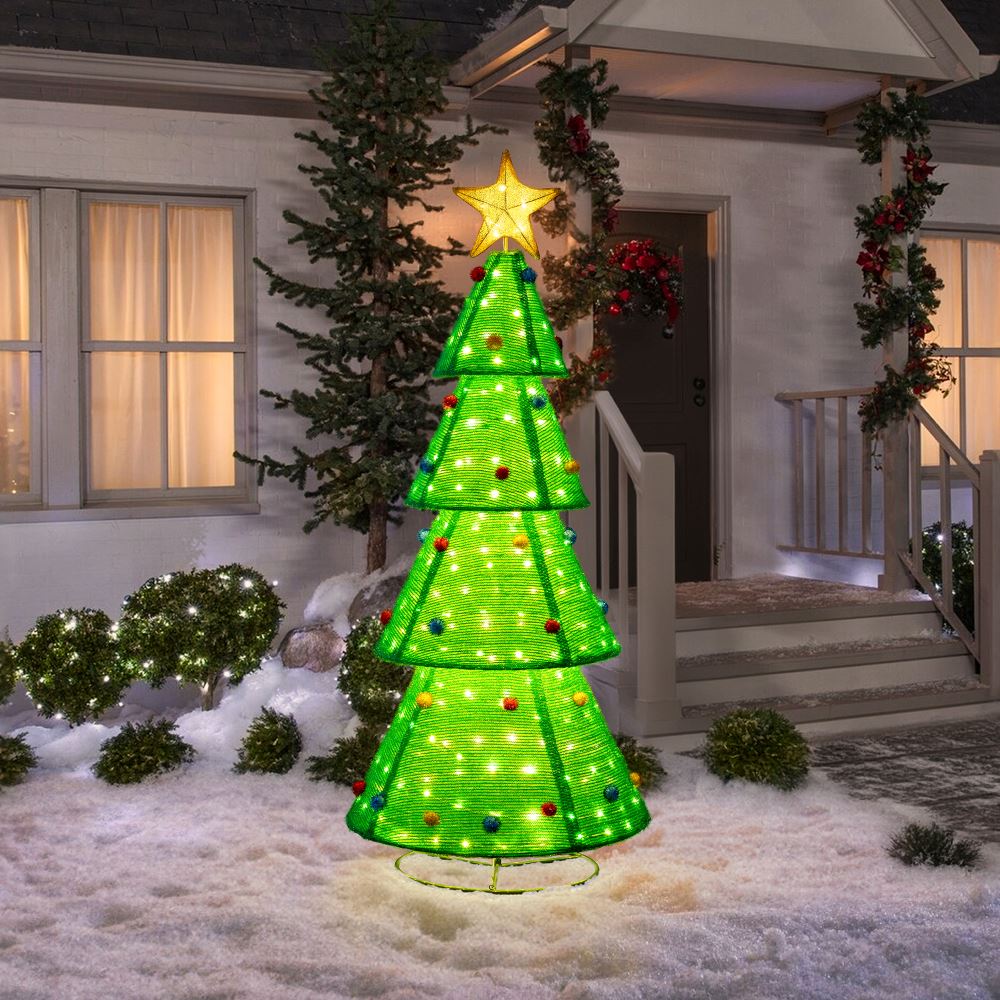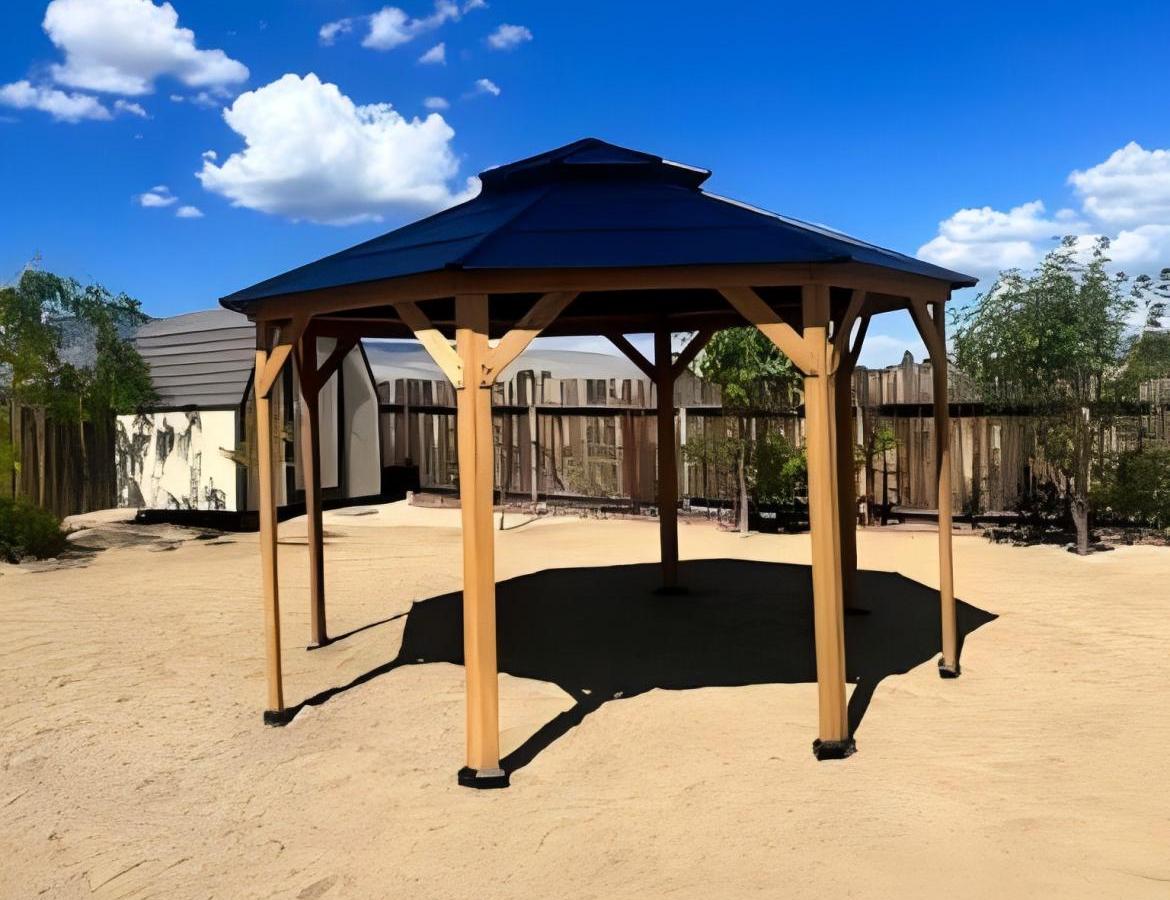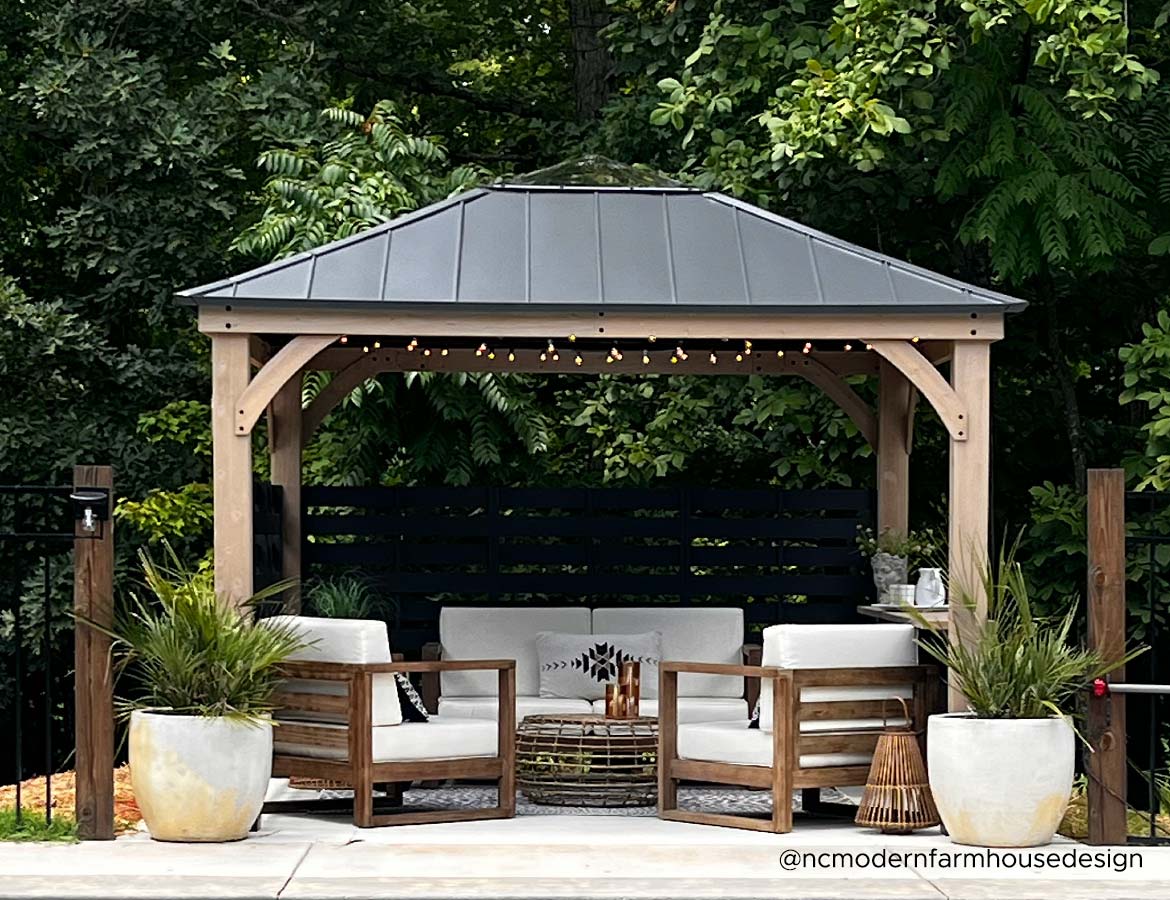A metal gazebo is more than just an outdoor structure—it’s a place for relaxation, dining, and celebrations. But what happens when your dream gazebo sits on sandy soil, whether in a coastal backyard, near a pool, or at a beach property? Unlike firm clay or gravel, sand shifts easily, making it tricky to create a stable foundation. If you’re wondering what’s the best way to anchor a gazebo in sandy soil, the good news is there are tried-and-true methods that combine strength, creativity, and style.
1. Why Anchoring a Gazebo in Sandy Soil Is Different
Sandy soil drains quickly and doesn’t compact well. That means standard stakes or short bolts won’t secure a gazebo on sand for long. Over time, posts can sink, tilt, or loosen, especially in windy conditions. To maintain metal gazebo stability, you’ll need methods that provide both downward grip and lateral resistance.
Think of it as building your gazebo on shifting ground—you need anchors that go deep and supports that spread wide.
2. Using Deep Ground Anchors for Strong Grip
One of the most effective ways to anchor a metal gazebo in sandy soil is by using spiral ground anchors. These corkscrew-like stakes twist deep below the surface, where the sand is more compact.
Use anchors at least 18–24 inches long for solid hold.
Attach anchors to each gazebo leg with galvanized straps or brackets.
For extra stability, pair anchors with tension cables to prevent lift during storms.
This method is lightweight, cost-effective, and highly reliable for temporary or semi-permanent setups.
3. Concrete Footings: The Permanent Solution
For homeowners looking for a long-term way to secure a gazebo on sand, concrete footings are the gold standard.
Dig post holes 2–3 feet deep to reach below shifting topsoil.
Fill the base with gravel for drainage, then pour concrete.
Set gazebo posts directly into the concrete or use steel post brackets.
Concrete locks the structure in place, providing unmatched durability. If you plan to keep your gazebo in one spot year-round, this is the best way to anchor a gazebo against both wind and moisture.
4. Weighted Anchors: Stylish and Flexible
Not every gazebo setup needs permanent construction. If you want flexibility—say, moving the gazebo around your patio or using it for events—weighted anchors are an excellent option.
- Sandbags: Easy to fill, portable, and surprisingly stable.
- Concrete blocks: Heavy-duty gazebo anchors that provide reliable balance.
- Planter boxes: A stylish alternative—fill with soil or rocks for weight and add greenery to blend with landscaping.
These anchors work well for DIY gazebo installation tips, especially when you want both function and aesthetics.
5. Hybrid Anchoring for Maximum Security
Often, the most stable setups combine two methods. For example:
Use spiral ground anchors for deep hold.
Add decorative planters or sand-filled weights at the base for extra stability.
This hybrid approach balances strength and style, ensuring your gazebo won’t wobble in heavy wind.
6. Creative Landscaping Solutions
Anchoring doesn’t have to look purely functional—it can enhance your outdoor design. Here are some creative ideas:
- Raised Decking: Mount the gazebo on a wooden deck anchored with buried posts.
- Stone Borders: Place heavy pavers or natural stones around the legs for both decoration and anchoring.
- Built-in Seating: Attach benches or planters directly to the gazebo posts, doubling as ballast.
These ideas ensure your metal gazebo in sandy soil blends seamlessly into the backyard aesthetic.
7. Safety Considerations You Can’t Ignore
Anchoring a gazebo isn’t just about preventing it from tipping—it’s about ensuring safety for your family and guests.
Always check the wind rating of your gazebo model.
Avoid shallow anchors; they offer almost no protection in sandy soil.
Inspect your anchoring system seasonally, especially after storms.
Spread the weight evenly across all posts to avoid uneven sinking.
These gazebo installation tips reduce the risk of damage and extend the life of your structure.
Conclusion: Build Stability on Shifting Ground
So, what’s the best way to anchor a metal gazebo in sandy soil? For portable setups, spiral ground anchors with weighted bases offer a practical solution. For permanent installations, deep concrete footings provide unbeatable durability. And for those who value design as much as strength, hybrid solutions like planter bases or raised decking combine both.
With the right approach, you won’t just secure your gazebo—you’ll create a safe, stylish, and lasting retreat, even on shifting sand.






Leave a comment
All comments are moderated before being published.
This site is protected by hCaptcha and the hCaptcha Privacy Policy and Terms of Service apply.